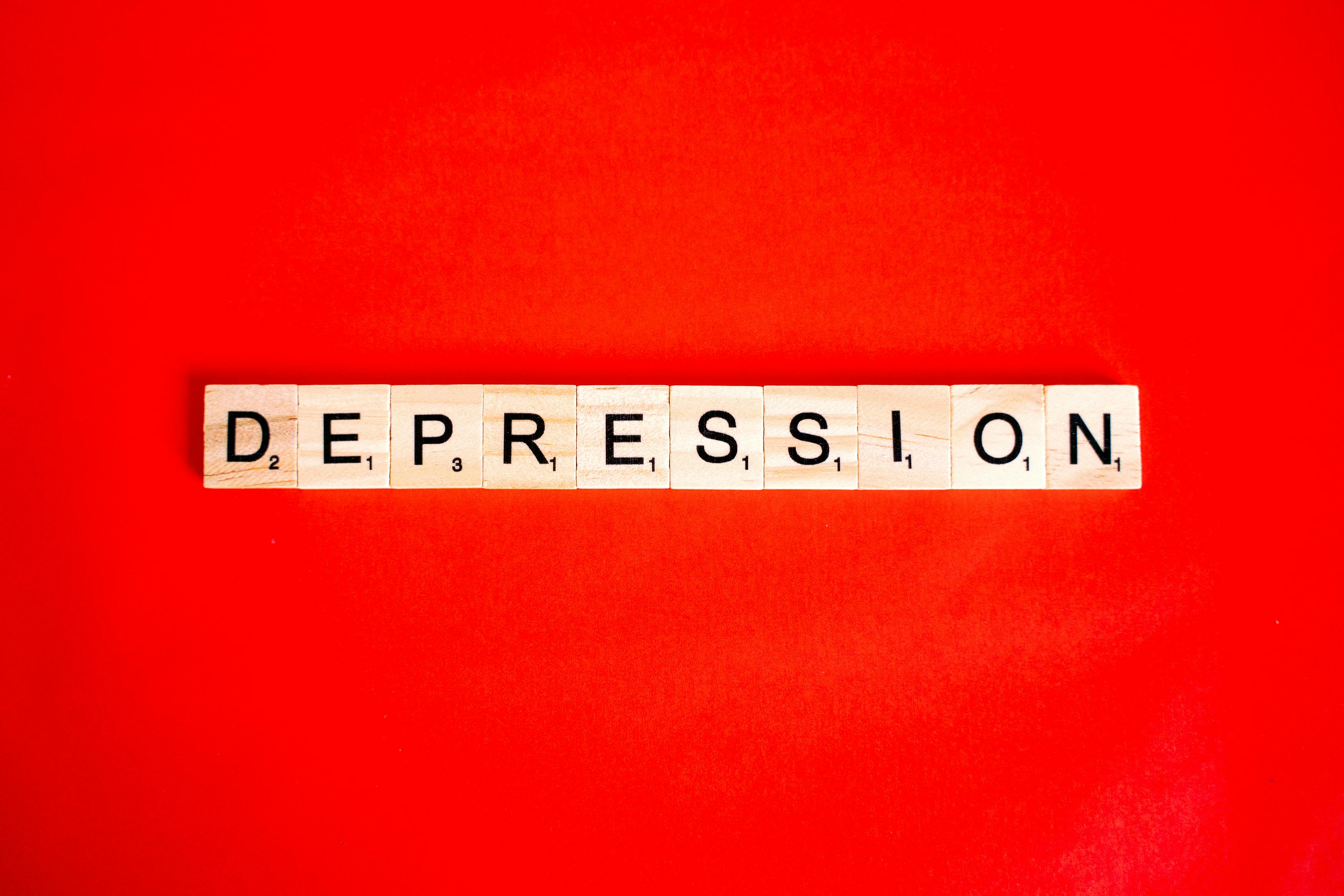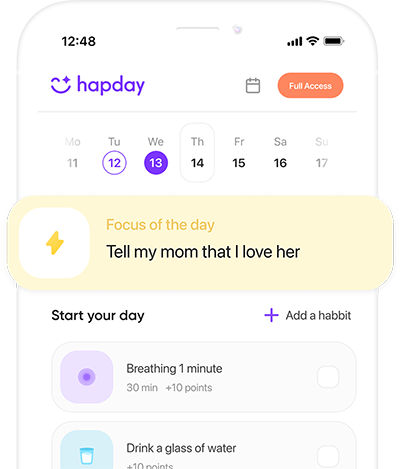Depression tracking, while perhaps sounding like a modern digital trend, is actually a deeply insightful tool for individuals grappling with symptoms of depression. It’s like keeping a personal log—of your emotional ebbs and flows and physical health patterns. Everyone from Gen Z to Millennial women (what a group, right?) is turning to these science-backed strategies, and for good reason. Depression tracking is all about being proactive, becoming more self-aware, and possibly even tweaking treatment outcomes for the better. So, let’s dive into the benefits and techniques of this remarkable approach.
Table of Contents
- Understanding Depression Tracking
- The Benefits of Depression Tracking
- Techniques for Effective Depression Tracking
- Overcoming Challenges in Depression Tracking
- Conclusion
- References
Understanding Depression Tracking
Ever tried to wrap your head around your mental health by pinning down mood-related data? That’s the essence of depression tracking. This process allows you to decode your emotional well-being over time. You might track things like mood swings or sleep quality—heck, even how you react to medications. By using nifty tools like apps, journals, or those old-school mood charts, you can gather a heap of insightful data about your own mental health journey.
The Benefits of Depression Tracking
- Enhanced Self-Awareness: Depression tracking, hands down, ramps up self-awareness. Writing down mood swings—noticing those emotional responses—helps you become more in tune with yourself. I came across a study in the Journal of Affective Disorders that revealed how folks who kept track of their mood found themselves more self-aware. They became like detectives, spotting their depression triggers (Torous, 2020).
- Identification of Triggers: Figuring out what sets off depressive episodes can be a game-changer. Depression tracking lets you spot triggers, be it stress, sleepless nights, or awkward social encounters. This awareness leads to creating strategies to dodge these pitfalls.
- Improved Communication with Healthcare Providers: Got a record of your depression symptoms? It’s golden when it comes to chatting with healthcare providers. It’s like having a diary of proof, helping professionals tailor their treatment plans better. That BMC Psychiatry study mentioned how people who used these mood tools talked more effectively with their therapists, leading to bespoke treatment plans (Van Meter, 2021).
- Monitoring Treatment Progress: Whether you’re on meds, attending therapy, or exploring alternative treatments, depression tracking is your ally in assessing treatment effectiveness. It helps you and your healthcare team figure out what’s a hit and what’s a miss.
- Empowerment and Control: Handling mental health actively—there’s something empowering about it, isn’t there? Depression tracking puts you in the driver’s seat, making you proactive instead of reactive. It boosts your overall well-being and your drive to bounce back.
Techniques for Effective Depression Tracking
1. Mood Journals:
One of the easiest ways to start depression tracking is by keeping a mood journal. Jot down your daily mood, thoughts, and key events. Watch the connections between your life and emotions unfold. Your journal can be as simple or elaborate as you wish—just keep it consistent.
2. Mobile Apps:
Welcome to the digital age! Apps like Daylio, MoodKit, and Moodpath provide nifty platforms for logging mood, activities, and even things like sleep schedules. They’re perfect for anyone who thrives on technology—friendly reminders and analysis features included.
3. Mood Charts:
Mood charts are like a visual diary of your emotional states over time. They help in identifying patterns and gauging symptom severity. You can draw them or use templates, or let your favorite app do it for you automatically.
4. Daily Check-Ins:
Give yourself a daily mental health check-up. Some quick notes about your mood or a simple mood rating can eventually provide a treasure trove of insights.
5. Symptom Trackers:
Alongside mood, why not track other depression symptoms? Jot down stuff like fatigue, appetite changes, or sleep issues. Noticing the ups and downs can highlight the rough patches and the brighter periods too.
Overcoming Challenges in Depression Tracking
Sure, keeping up with depression tracking can get tricky. Here are a few thoughts on tackling those hurdles:
- Set Reminders: Use app notifications or set alarms to nudge yourself into keeping up with tracking.
- Start Small: Start with the basics, then ease into adding more detail as you get comfortable.
- Stay Flexible: Make sure your tracking method fits your lifestyle. Don’t be afraid to switch it up if it feels off.
- Avoid Perfectionism: If you skip a day or two, don’t sweat it. The aim is to gather useful insights, not to stress over flawless data.
Conclusion
Depression tracking, let’s admit it, is a stellar self-help strategy, especially for Gen Z and Millennial women who want to better navigate their mental health. It boosts self-awareness, pinpoints triggers, and enhances healthcare communication. Whether you’re into mood journals, apps, or other tactics, stick with it and embrace this journey towards a healthier mental state.
Ready to take charge of your mental well-being? Dive into depression tracking and discover more resources at Hapday.
References
- Torous, J., et al. (2020). Tracking Personal Depression Symptoms and Progress through Technology. Journal of Affective Disorders.
- Van Meter, A., et al. (2021). The Impact of Mood Tracking on Therapy Outcomes. BMC Psychiatry.

